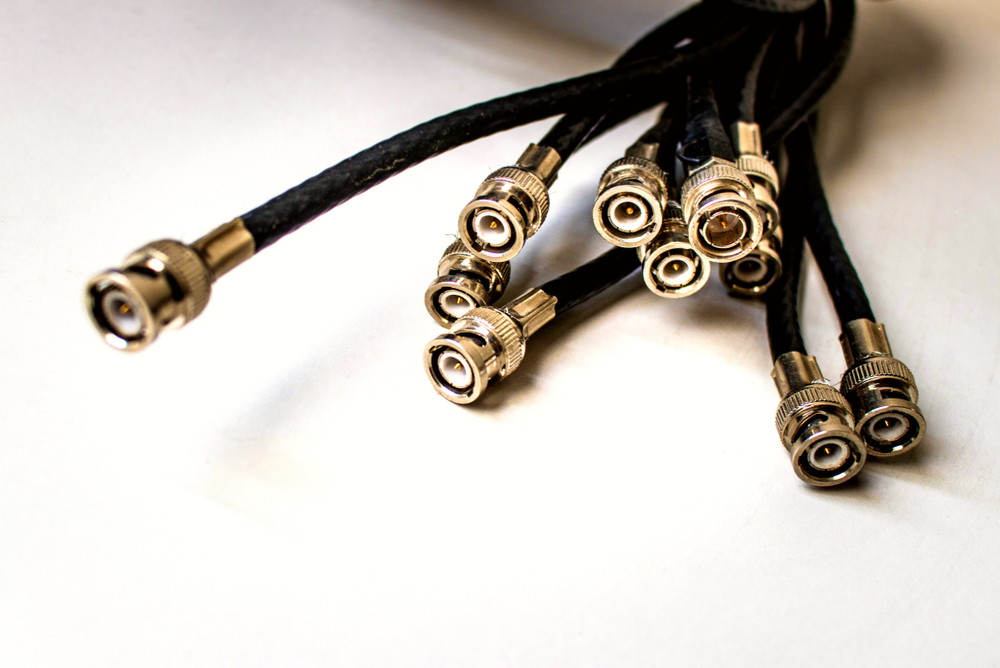Are you tired of compromising on video quality when it comes to distributing your content to multiple screens? Do you want a solution that’s cost-effective and easy to use? Look no further than HD Coax Modulatoh! In this ultimate guide, we’ll walk you through everything you need to know as a beginner about these powerful devices. From how they work to their benefits and installation tips, we’ve got you covered. So get ready for an exciting journey into the world of HD coax modulators and take your video distribution game up a notch!
What is an HD Coax Modulator?
An HD Coax Modulatoh is a device that converts an analog signal into an HD signal. This is done by encoding the original analog signal using a higher resolution than what was originally transmitted, which allows for better video quality when watched on a home television or monitor.
How Does an HD Coax Modulator Work?
An HD coax modulator is a device that allows you to watch high-definition (HD) television over standard-definition (SD) cable TV lines. They work by sending the appropriate signal to your televisions’ tuner, which downgrades the picture quality to match that of an SD channel.
There are several types of HD coax modulators on the market, but all work in basically the same way. A tuner inside the HD Coax Modulatoh receives signals from both SD and HD channels, and will automatically switch between them depending on what’s being broadcast. This means you can still enjoy all the benefits of HD television – crisp visuals and robust sound – without paying an extra fee for a standalone HDTV set.
In order to use an HD coax modulator, you’ll first need to buy some compatible cables. These cables will convert the signals coming from your TVs into digital format, allowing the HD coax modulator to access them. Next, you’ll need to install an HD coax modulator somewhere in your home where both SD and HD channels are available. You’ll need to connect your compatible cables between the HD coax modulator and your TVs.
Benefits of HD Coax Modulators
HD Coax Modulators offer many benefits for those looking to improve their HDTV signal. They can amplify weaker signals, allow you to use different channels in multiple areas of your home, and provide a high-definition output. In addition, they are relatively easy to set up and use.
What are the Different Types of HD Coax Modulators?
There are three main types of HD coax modulators: those that use lasers, those that use LEDs, and those that use both lasers and LEDs. Each has its own advantages and disadvantages.
Lasers are the most common type of HD Coax Modulatoh, because they’re the cheapest to buy and operate. They have the advantage of being very accurate, which is important for high-quality transmission. However, they don’t work as well in low light conditions as LED or optical systems do.
LEDs are becoming increasingly popular as HD coax modulators because they’re more energy efficient than laser systems and they can be tuned to produce a wide range of colors. However, they don’t always produce the best image quality, and they need a lot of power to operate effectively.
Combining laser and LED systems is one way to overcome some of these limitations. This type of system is usually more expensive than either laser or LED systems alone, but it’s usually worth it because it produces better images overall.
Conclusion
Thank you for reading our guide on HD coax modulators, which is aimed at providing a beginner’s introduction to this fascinating technology. We hope that this article has helped you gain an understanding of what HD coax modulators are and how they work, as well as provided some practical advice on how to get the most out of using them in your home cinema setup. If there are any questions that remain unanswered or if you would just like to give us your feedback, please do not hesitate to let us know.



